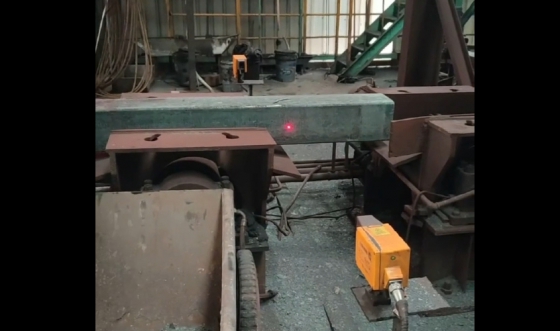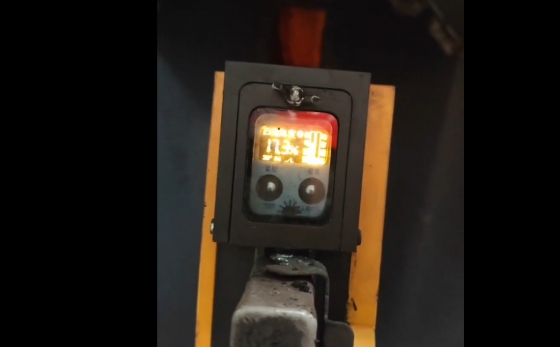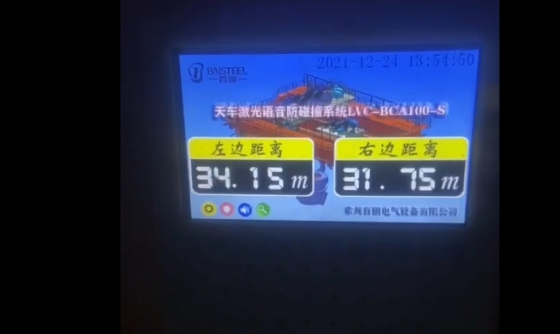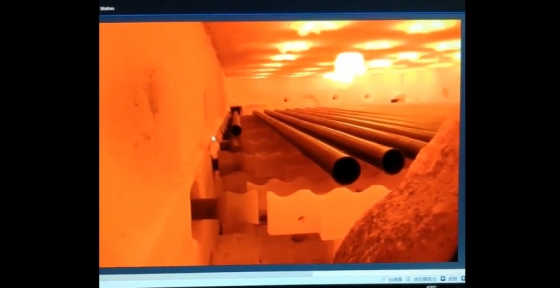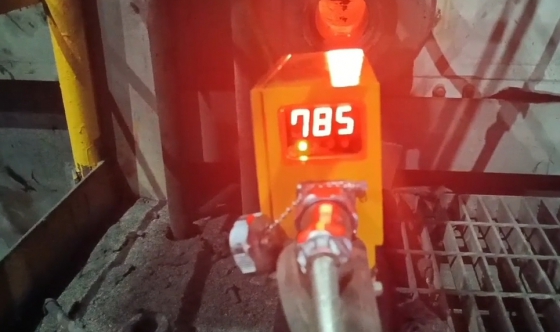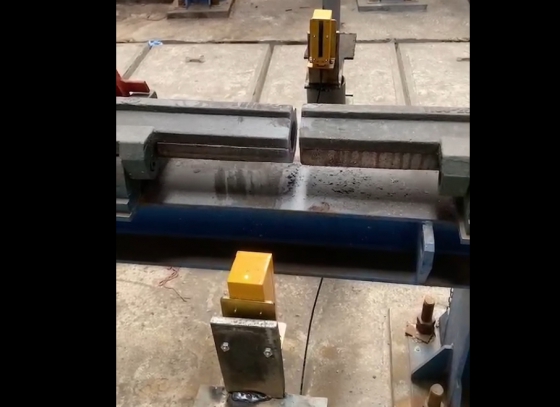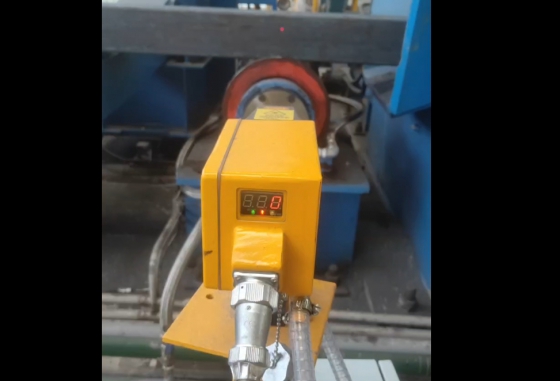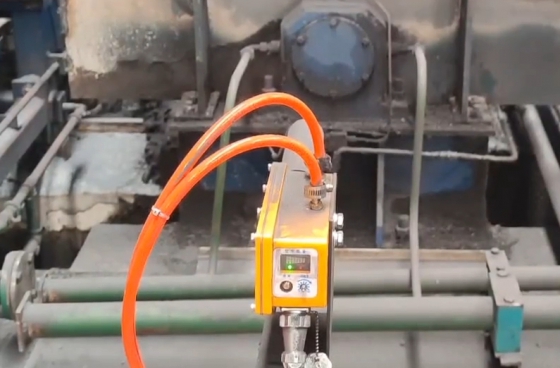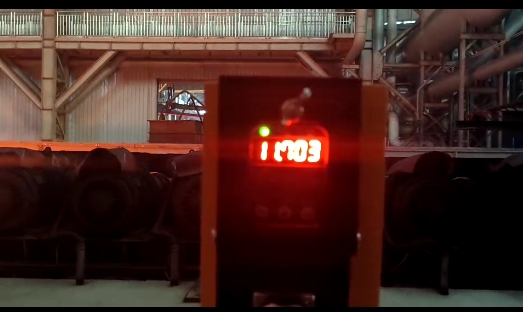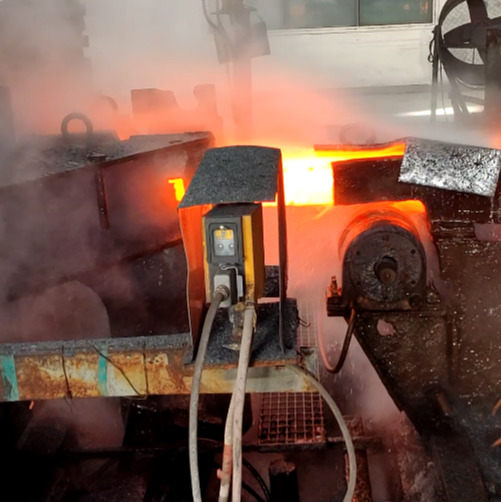Applications of Infrared Thermometers in Steelmaking, Kilns, Rolling Mills, and Semiconductor Industries
Yo. Steelmaking Industry
Converter/Electric Arc Furnace Temperature Monitoring
Real-time measurement of molten steel temperature in converters and refining furnaces to optimize oxygen blowing and charging operations, ensuring compliance with composition standards.
Non-contact measurement reduces manual intervention and minimizes safety risks in high-temperature environments.
Continuous Casting Process Control
Monitors surface temperature of continuously cast billets to adjust cooling water flow and withdrawal speed, preventing cracks and deformation.
Optimizes billet cooling rates to enhance mechanical properties of finished products.
Molten Steel Level & Hot Metal Pretreatment
Detects molten steel levels in molds to prevent overflow or flow interruption.
Monitors hot metal outflow temperature from blast furnaces to meet steelmaking process requirements.
II. Kiln Applications
In-Furnace Temperature Field Monitoring
Uses high-temperature infrared thermal imagers (up to 2000°C) to display real-time temperature distribution, improving heating uniformity.
Integrates AI analytics to identify localized overheating or damage in refractory materials, extending furnace lifespan.
Ingot Mold & Soaking Pit Management
Measures ingot preheating temperatures to dynamically adjust soaking pit parameters, reducing fuel consumption.
Tracks surface temperature variations in molds to optimize casting processes and prolong mold life.
III. Rolling Mill Industry
Hot/Cold Rolling Temperature Control
Provides real-time feedback on plate temperatures to adjust mill parameters, ensuring rolling temperatures stay within process limits.
Monitors roll surface temperatures to prevent overheating-induced cracks and extend equipment life.
Plate Quality Assurance
Checks temperature uniformity of hot-rolled slabs to eliminate dark spot defects and improve flatness.
Synchronizes shearing timing via signal control to minimize scrap rates.
IV. Semiconductor Industry
Electronic Component Temperature Monitoring
Measures chip soldering temperatures and operating temperatures of electronic components to prevent overheating and enhance product yield.
V. Comprehensive Advantages
Non-contact & High Adaptability: Designed for high-temperature resistance (≥1800°C) and dust resistance, suitable for harsh industrial environments.
Efficiency & Safety: Reduces downtime, lowers energy consumption, and prevents equipment failures or personnel injuries.
Summary:
Infrared thermometers are pivotal in advancing industrial automation, ensuring production safety, and maintaining quality across critical sectors.
https://www.baisteels.com/product-category/infrared-thermometer/
 Aceros Baisteels
Aceros Baisteels

